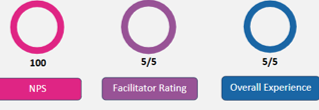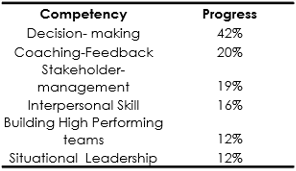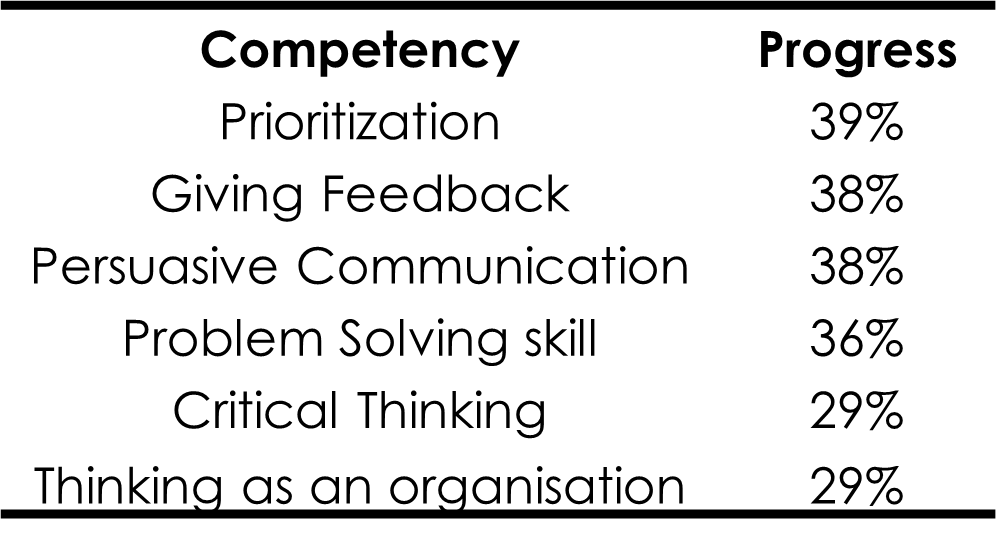How to Master Personal Branding and Networking: A Step-by-Step Guide

Whether you’re an entrepreneur, a professional, having a strong presence in your industry, or just beginning your career, personal branding and networking can open doors to new opportunities and partnerships.
Considering the very high impact of such skills, we thought of putting together this blog. Here’s a step-by-step guide to help you build and enhance your personal brand and network effectively.
5 Key Steps to Master Personal Branding and Networking
Step 1: Define Your Personal Brand

1.1 Understand Your Unique Value Proposition: Your personal brand is a reflection of who you are, what you stand for, the value you bring to the table. It is about the kinds of things people associate when they think about you.
Start by identifying your strengths, skills, passions, and values. Ask yourself:
- What am I known for?
- What makes me different from others in my field?
- What do I want to be known for in the future?
What kind of compliments do I frequently receive?
1.2 Set Clear Goals: Decide what you want to achieve with your personal brand. This can be recognition in your industry, attracting new clients, being recognized as a thought leader, etc. Having clear goals will guide your branding effort.
1.3 (Optional) Craft Your Personal Brand Statement: A personal brand statement is a concise sentence or two that communicates your unique value and expertise. It should be authentic and memorable.
Step 2: Build an Online Presence to How to Master Personal Branding and Networking

2.1 Optimize Your Social Media Profiles: Social media platforms like LinkedIn, Twitter, and Instagram are powerful tools for personal branding. Ensure your profiles are complete, professional, and consistent across all platforms. Use a professional headshot, craft a compelling bio, highlight your achievements and expertise, and get recommendations and testimonials wherever possible.
2.2 Create Valuable Content: Sharing valuable, relevant content is key to establishing yourself as an authority in your field. Start a blog, write LinkedIn articles, create videos, host webinars. Pick one or two of these and stay consistent. Focus on topics that showcase your expertise and go well with your brand and interests.
2.3 Engage with Your Audience: The brand building activity isn’t just about posting content one-way; it’s also about engaging with your audience. Respond to comments, join relevant groups, and participate in discussions. A high quality communication and engagement will help you build relationships, which will ultimately help increase your visibility.
Step 3: Find Networking Opportunities

3.1 Attend Industry Events: Industry conferences and seminars are excellent opportunities to meet like-minded professionals and expand your network. Be proactive in introducing yourself, asking questions, and exchanging contact information. It is usually better to make one or two deep connections in such gatherings, rather than a dozen superficial ones.
3.2 Join Professional Organizations: Becoming a member of professional organizations in your industry can help you connect with peers, mentors, and even potential collaborators.
3.3 Use Online Networking Platforms: LinkedIn is a powerful tool for networking. Connect with industry leaders on LinkedIn and join groups related to your field. Don’t be afraid to reach out to people you admire or want to learn from. A well drafted introduction message can go a long way in getting a high response rate from people you invite.
Step 4: Maintain The Relationships

4.1 Follow Up and Stay in Touch: After meeting someone new, it is a good idea to follow up with a personalized message to remind them of your conversation and express your interest in staying connected. It is best to do this within a day or two of the meeting, when the memory is still recent.
4.2 Offer Value: Networking is a two-way street. Always look for ways to add value to your connections. Share useful information, introduce them to others in your network, pass potential leads that could help them, or offer your help and expertise when needed.
4.3 Be Authentic: Authenticity is key to building strong, lasting relationships. Be genuine in your interactions, and focus on building meaningful connections rather than just increasing your number of contacts. This is perhaps the most important advice in this blog and a common mistake that many people make in their early networks is to focus just on numbers rather than the quality of connection.
Step 5: Measure and Adjust Your Strategy

5.1 Track Your Progress: Regularly assess your personal branding and networking efforts- especially the online ones which are easy to access. Are you achieving the goals you set? Is your online presence growing? Are you building meaningful connections? Use analytics tools to measure your social media impact and adjust your strategy as needed.
5.2 Stay Persistent: Building a strong personal brand and network takes time and effort. Stay consistent in your efforts, and please be patient. Over time, your brand will grow, and your network will expand in a compounding way, leading to new opportunities and greater success.
5.3 Seek Feedback: Don’t hesitate to ask for feedback from your network. This can provide valuable insights into how others perceive your brand and help you make necessary improvements. It can also become an opportunity to demonstrate authenticity and deepen connection.
By following this step-by-step guide, you can create a strong personal brand, build valuable connections, and position yourself for long-term success in your career or business.
This journey of mastering personal branding and networking requires self-awareness, strategic planning, authenticity and consistent effort.
Remember, your brand is your story- make it a compelling one that others want to be a part of.












